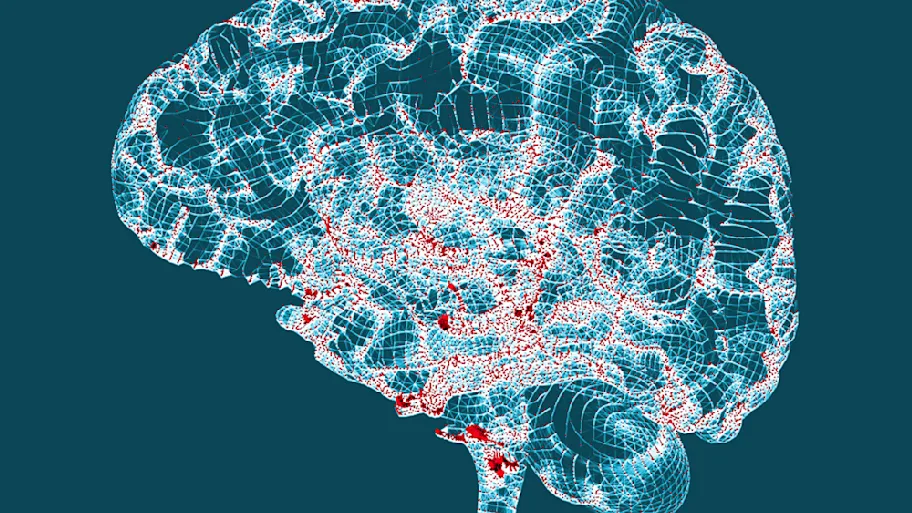
- Science News
- Neuroscience
- Imitation as therapy for Alzheimer’s patients
Imitation as therapy for Alzheimer’s patients

By K.E.D. Coan, Science Writer
Alzheimer’s disease is the sixth leading cause of death in the U.S., according to the Alzheimer’s Association. There is no cure and no way to slow or prevent the illness. But, patients can still benefit from both physical and cognitive rehabilitation, and researchers are learning that mimicry may be a useful tool to help them regain lost abilities.
“Alzheimer’s patients are still able to voluntarily imitate the movement of an object, as well as that of a human being” said Dr. Ambra Bisio. “If this ability is still in place, a patient could relearn how to perform actions that have become difficult due to the disease.”
Dr. Ambra Bisio is a postdoctoral researcher in the Department of Experimental Medicine at the University of Genoa. She specializes in how the brain responds to movement, particularly somebody else’s movements. In a collaboration with Professor Thierry Pozzo at INSERM-U1093, she showed that Alzheimer’s patients can still mimic a simple gesture by a human or a moving dot on a computer screen, suggesting that such exercises may complement current therapeutic strategies. Their results were published in Frontiers in Aging Neuroscience.
Copying what someone else is doing is a basic social building block that helps people to learn and to interact with others. “By replicating its mother’s actions, a baby learns how to relate with people. It’s the same principle when a tennis student learns from her trainer how to execute a tennis service,” explained Bisio. “Our results suggest that imitation could be used during rehabilitation of Alzheimer’s patients.
At the outset, it wasn’t clear whether this hardwired brain function would still operate once the disease had begun to take its toll. Alzheimer’s has a peculiar way of devastating some brain functions while leaving others untouched. Bisio’s study showed that, at least for mild stages of the disease, Alzheimer’s patients retained this ability to imitate. They also found that patients performed better with the human trainer than they did with the computer.
Computer-based training methods are being developed to offer a simpler alternative to a human therapist, whose presence may distract a patient from the task at hand. But the value of these methods is highly debated.
According to Bisio’s results, training with a computer is possible, but the response is likely to be better with a human trainer. This may be because the emotional response that a patient experiences when interacting with a real person is still more beneficial than it is distracting.
“Because Alzheimer’s damages the parts of the brain that link motor and cognitive function, behavioral treatments will still be important for patients, even after pharmaceutical treatments are discovered,” added Bisio. By providing insight into patients’ ongoing ability to imitate simple actions, Bisio’s results help to guide better strategies for rehabilitating patients in the future.
REPUBLISHING GUIDELINES: At Frontiers, open access and sharing research is part of our mission. Unless otherwise noted, you can republish our news articles – as long as you include a link to the original research article. Selling the articles is not allowed.






